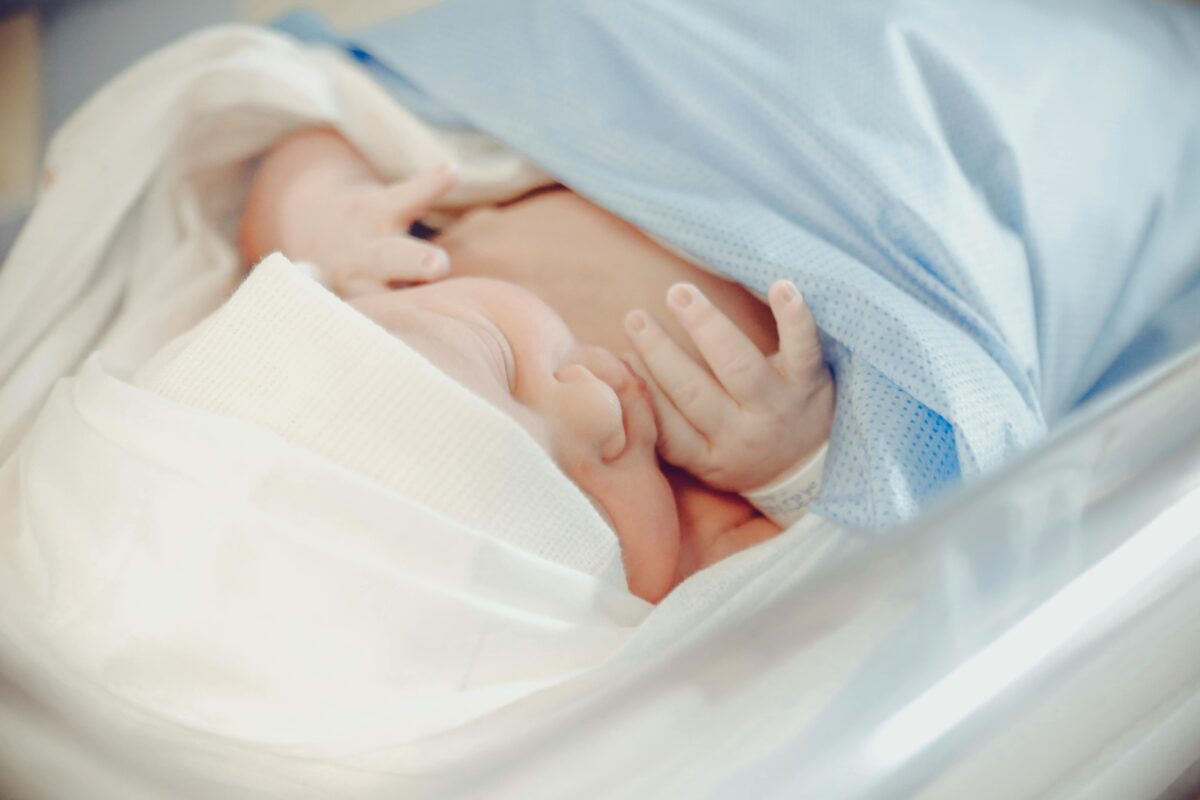Sudden Infant Death Syndrome (SIDS): Understanding and Preventing the Silent Risk
What Every Parent Should Know to Keep Their Baby Safe
Introduction: What Is SIDS and Why Is It So Concerning?
Sudden Infant Death Syndrome, commonly known as SIDS, is the unexpected and unexplained death of a seemingly healthy baby, usually during sleep. It’s a terrifying thought for any parent—and one that brings many questions and fears.
Although the exact cause is still unknown, experts believe a combination of physical and environmental factors contributes to the risk. In this post, we will explore:
- What SIDS is and who it affects most
- Risk factors and common misconceptions
- Evidence-based prevention strategies
- Safe sleep guidelines for infants
What Is SIDS?
SIDS typically occurs in babies under 12 months, with the highest risk between 2 and 4 months of age. It often happens silently during sleep, without warning signs or previous symptoms. SIDS is a diagnosis of exclusion—meaning it is given when no other cause of death is found.
According to the CDC, SIDS is one of the leading causes of death in infants under 1 year in many developed countries.
Potential Contributing Factors
- Brainstem abnormalities affecting how the baby regulates breathing and arousal from sleep
- Low birth weight or premature birth leading to immature brain function
- Respiratory infections that may exacerbate breathing issues
- Sleep environment risks, such as soft bedding, bed-sharing, or overheating
Common Risk Factors for SIDS
Understanding what increases the risk of SIDS can help parents take proactive steps.
| Risk Factor | Explanation |
|---|---|
| Sleeping on the stomach or side | Increases risk of suffocation and rebreathing carbon dioxide |
| Soft bedding and stuffed toys in crib | Can block airways or lead to overheating |
| Overheating during sleep | Impairs the baby’s ability to regulate breathing |
| Bed-sharing with adults | Risk of accidental suffocation |
| Exposure to smoke (pre- or postnatal) | Affects infant respiratory health |
| Young maternal age or inadequate prenatal care | Often linked with other risk-enhancing factors |
💡 Important note: SIDS is not caused by vaccines, choking, or immunizations, despite some myths.

How to Reduce the Risk of SIDS
There is no guaranteed way to prevent SIDS, but following these strategies has been shown to reduce risk significantly:
1. Safe Sleep Position and Environment
- Always place babies on their backs to sleep, for every sleep (naps and nighttime)
- Use a firm sleep surface with a fitted sheet; avoid soft mattresses or pillows
- Keep the crib clear of loose bedding, toys, and bumpers
- Room-share without bed-sharing: keep the baby’s crib in the same room for the first 6–12 months
2. Maintain Optimal Sleep Conditions
- Avoid overheating: Dress the baby in light sleepwear, and keep the room comfortably cool
- Use a pacifier at nap time and bedtime (once breastfeeding is established)
- Do not cover the baby’s head while sleeping
3. Promote Healthy Habits
- Ensure regular prenatal checkups during pregnancy
- Avoid smoking, alcohol, and drug use during pregnancy and after birth
- Practice exclusive breastfeeding, which has been linked to lower SIDS risk
Recognizing and Responding to Concerns
While SIDS cannot be predicted or detected through symptoms, the following practices can offer peace of mind:
- Consider using a baby monitor with breathing or movement sensors (though not a substitute for safe sleep practices)
- Be attentive to breathing changes, floppiness, or unresponsiveness in your baby and act immediately
If your baby ever seems unusually lethargic or has trouble breathing, seek medical help without delay.
Conclusion: Awareness Saves Lives
SIDS is a heartbreaking and often misunderstood phenomenon. Although we don’t yet know all the causes, parents can take significant steps to reduce risk through informed sleep practices and healthy habits.
Summary Checklist for Prevention:
- Back to sleep, every time
- Firm mattress, no extra bedding or toys
- Cool, breathable sleep environment
- No smoking during or after pregnancy
- Breastfeed when possible
- Use a pacifier once feeding is established
- Room-share for the first year
With knowledge, vigilance, and support, we can help protect infants from the hidden threat of SIDS.




